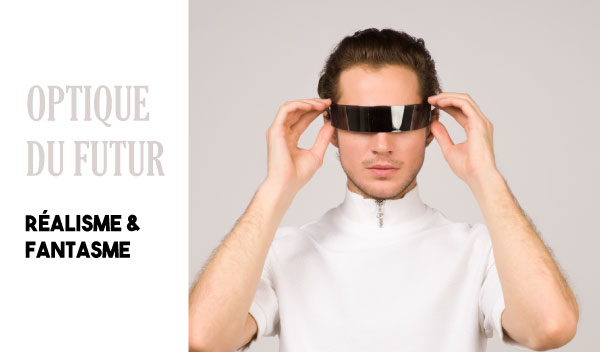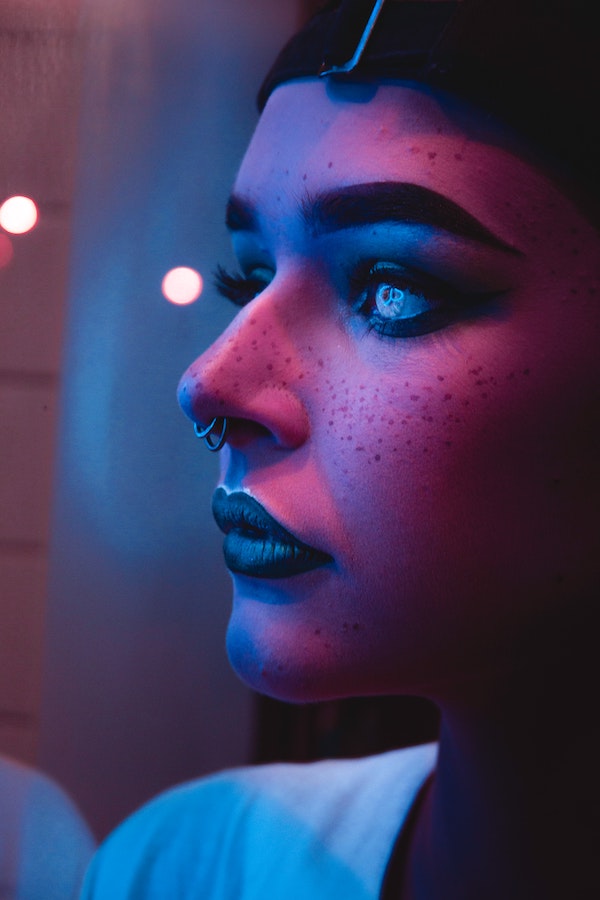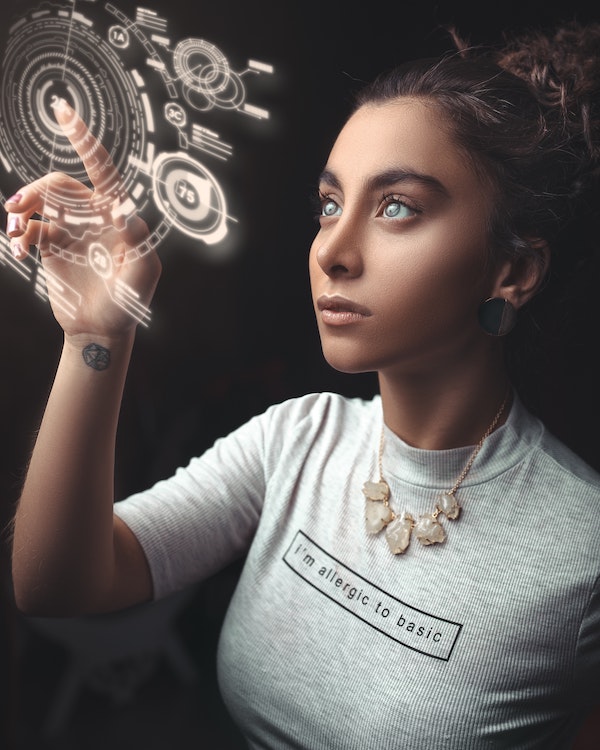DOSSIER: The Optics of the Future: Realism & Fantasy

It has been almost ten years since connected optical devices have become a real concept. Like any technological innovation, they were in their infancy before taking off. Their advent is only a matter of time. If we still expect a lot from the big brands of American tech, and in particular the GAFA, the first to communicate without having convinced for the moment, certain models already weigh on the market. We make a point in this new file on the optics of the future.
Optics of the future: the digital revolution, finally?
Since the launch of Google Glass in 2011, connected glasses have become a more concrete project, but which promises to be infinitely more difficult to implement than a smartphone or a watch. Blame it on the device itself, which offers little room to integrate a digital system. The promising project was three years later at a standstill. The idea sounded good, but impractical. The aesthetic and practical side of the device was bound to fail. As a bonus, inserting a camera into an optical device raised the question of respect for privacy. The digital seemed to have found its limits and the revolution would stop there. obstacles and difficulties. The most surprising thing was that the revolution was not going to come, for once, from the GAFA. The main problem mainly comes from comfort, because when it comes to characteristics and possibilities, there is no shortage of ideas. Video games have also already started their technical and technological transformation with virtual reality , allowing you to fully immerse yourself in your game.

Mixed reality, already developed
But for glasses, it looks infinitely more complicated. However, there is no question of abandoning the idea. Above all, before marketing to the general public, the possibility is given to help the professional sector. The axis of artificial intelligence makes it possible to offer companies such as DHL, Boeing or General Electric devices to facilitate their work. This is also the case in the medical community. After all, if the aesthetics are not suitable, that is not a problem, above all it is necessary to save time and productivity.
The user, on a construction site or during of an operation, will be able to take advantage of the mixed reality , mix between the real and the virtual.
The other players in tech, members of GAFA or not, continue to do so to believe. Facebook and Apple in particular, specify that they are still working to improve their prototype. Especially since some studies predict the obsolescence of the smartphone in the coming decade. Glasses and watches would therefore no longer just complete the telephone, but replace it.
The optics of the future in the context of the Internet of Things
But what could the glasses of the future look like ? In the early 2000s, it was very difficult to imagine what, twenty years later, we could do with a telephone … Will it be the same with our glasses? It's possible. We could even be even more dazzled.
Indeed, the glasses of the future could and should integrate a form of artificial intelligence much more developed than the one we know. So, yes, the start seems very long for connected glasses but we must also take into account our awareness of the possibilities, much greater than during the last century.
According to EyeSee Mag : " Not only will the AI be able to reproduce a specific behavior but it will also be able to predict, judge, learn from what the user sees, reads, writes, listens and then be able to adapt or Anticipate. Combined with ever-increasing data, even more efficient artificial intelligence technologies, increasingly advanced algorithms, the assistants who will equip our glasses of tomorrow will undoubtedly know the habits inside and out. of their owner and will be able to identify and anticipate their needs at their request to quickly make themselves essential. "
Above all, glasses must automatically be integrated into an environment connected , which is called " Internet of things "(idO), an infrastructure that connects all connected objects (from the fridge to the TV via the cat's bowl?)
Optical devices without limits?
But let's stick to the glasses? In concrete terms, what would that be like?
What is now certain is that future smart glasses will integrate at least the characteristics of our phones (navigation, call management and messages, media …) sometimes making them more practical thanks to the device (sport, translation, driving …)
The Chinese brand Xiaomi has already presented an ambitious device, without still announce name, price or release date.
https://youtu.be/I9bnmES7O74 [/ embed]
But in the future, could it be even crazier?
Indeed, we can already address possibilities that go beyond the imagination. So why shouldn't these glasses, which can display your shopping list or keep you from getting lost in the woods, able to allow you to see perfectly in the dark, increase our field of vision or give perfect sight to the visually impaired? Devices are already working in this direction, and the greatest fantasies could then come true.
Other functions could be of great service: the possibility of capturing everything, of isolating parts of an image, of making your optical frames capable of adapting in a few seconds to the brightness to become solar, or to make this modification yourself. Today, ideas are not lacking, but rather knowing how to adapt them.
And if we are only talking about glasses, we must not forget the lenses , which are constantly led to move in the direction of hypertechnology. Connected contact lenses are also the future of optics and hold great promise.

The optics of the future are determined
It is now clear to say that connected glasses are and will be the optics of the future . The first models, if they do not yet know the dazzling success of telephones or watches, are bound to change our perception. They also tend to prepare the ground and the market for the big players. The latter will not allow themselves to install products that are not 100% operational for sale.
The train has been caught and we can think that it is late, but This was without taking into account the imponderables of the spectacle object, which require other technical and technological prowess and a level of Research and Development even higher than what is currently being done.
But there is no doubt that in the coming decade, these objects will be unavoidable, first of all because they are starting to prove their worth, and because the trajectory is all in all dazzling. Our perception tends to want to speed things up, without taking into account the immensity of the task.
To find out, see you in the future.
[ =]
Sources: eye-see-mag.com , www.lesnumeriques.com


